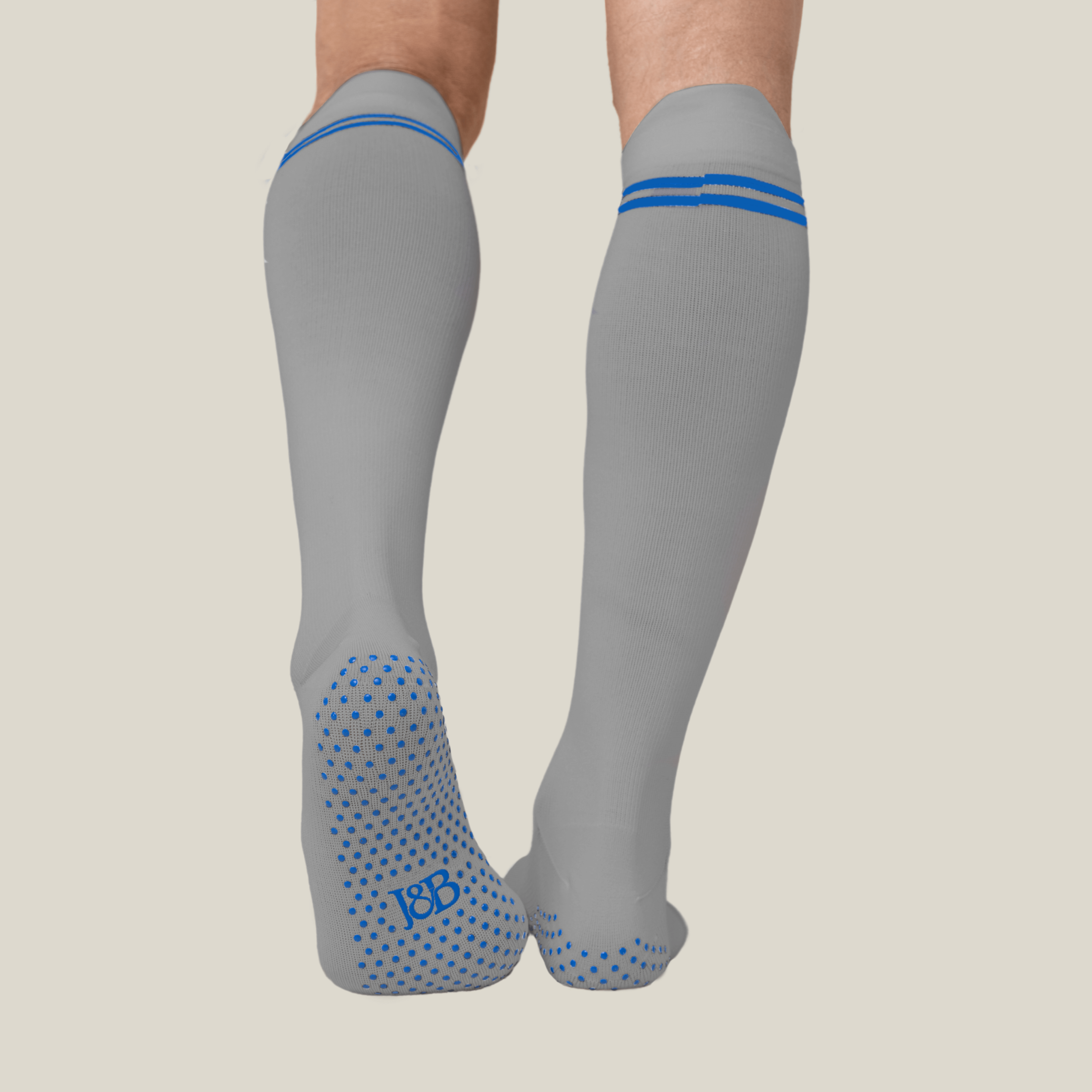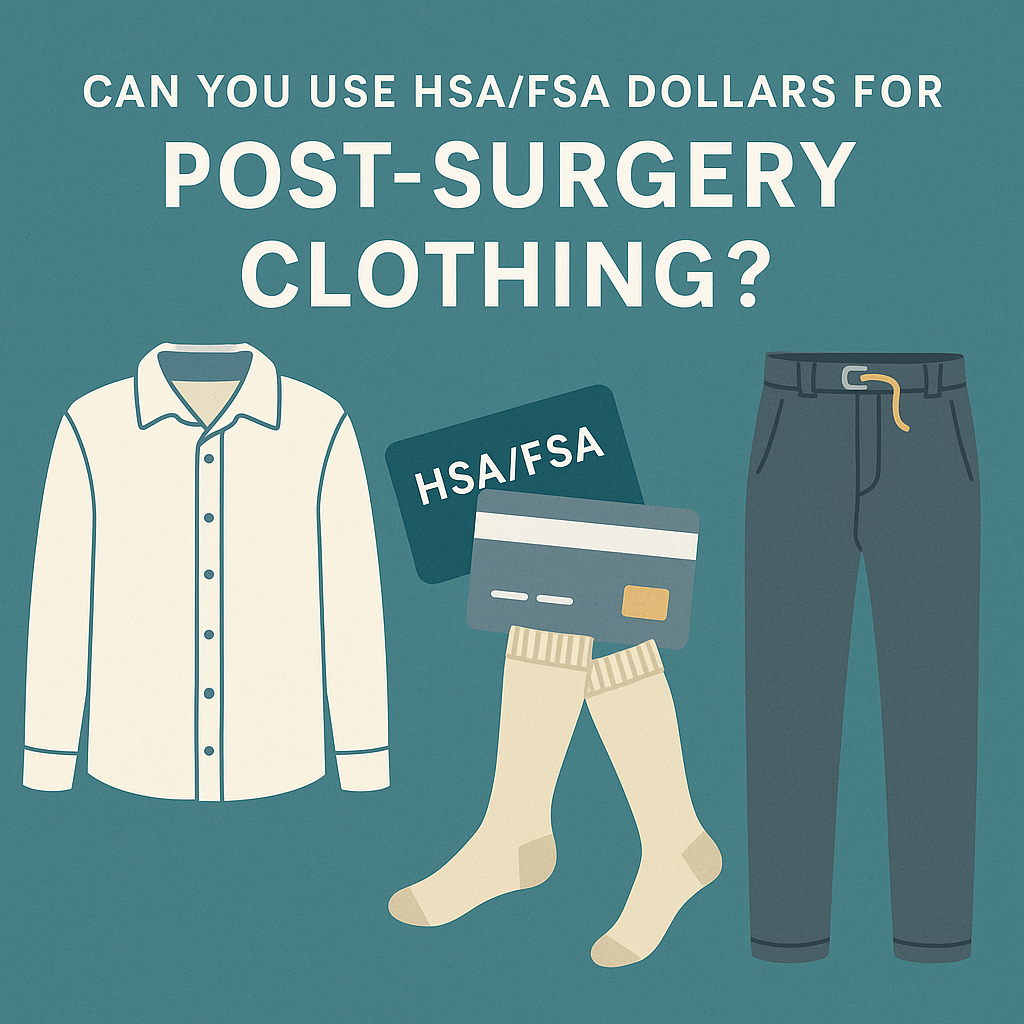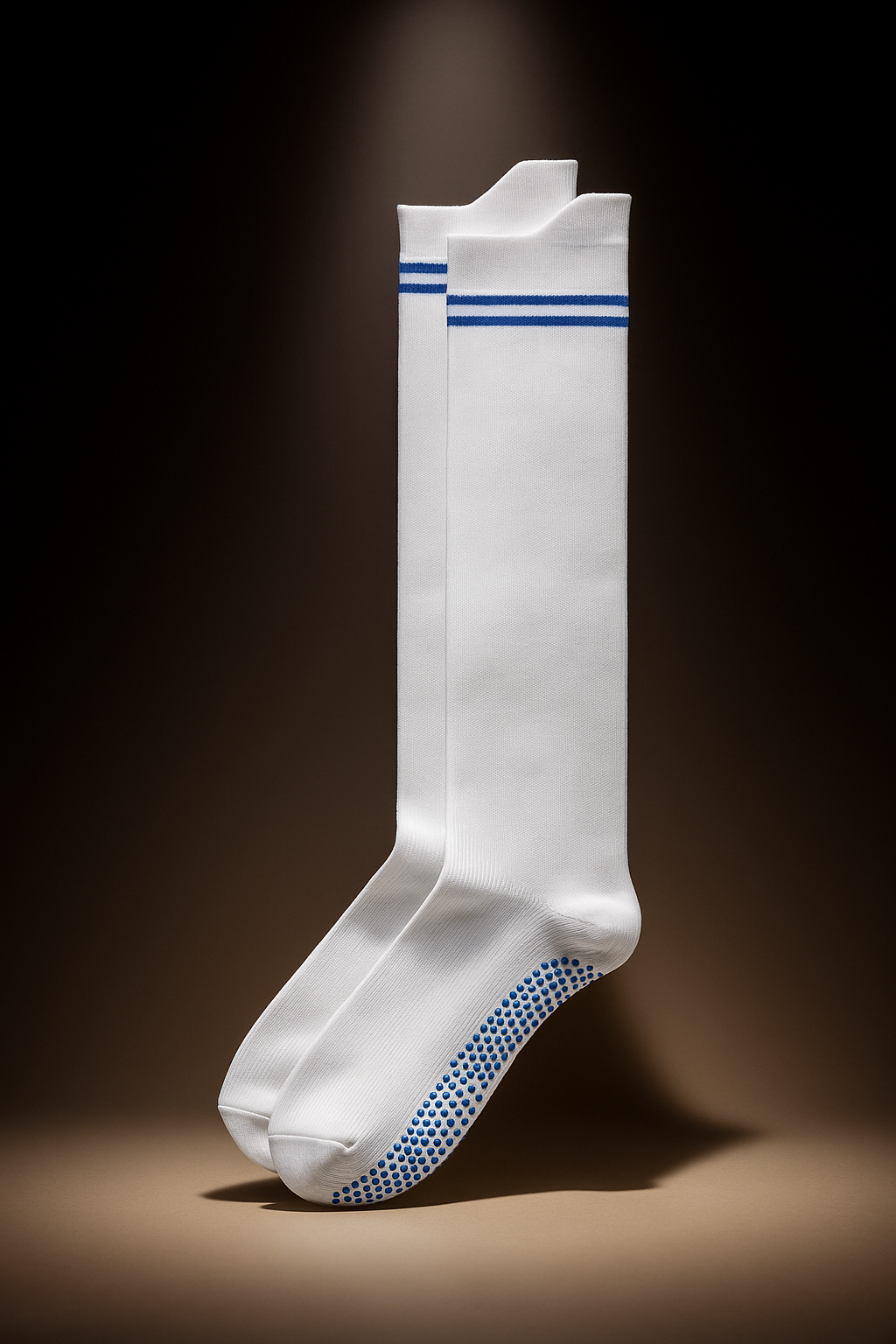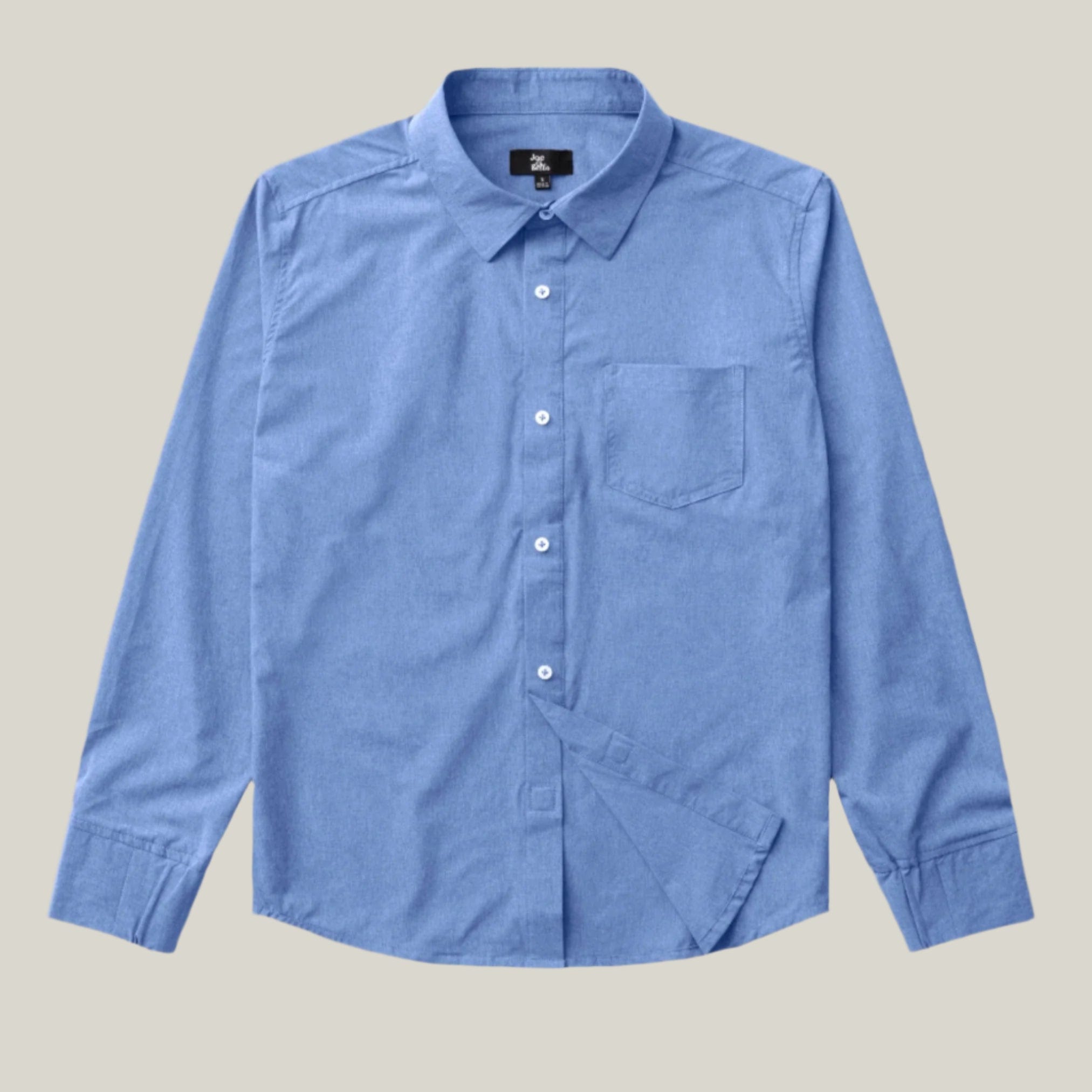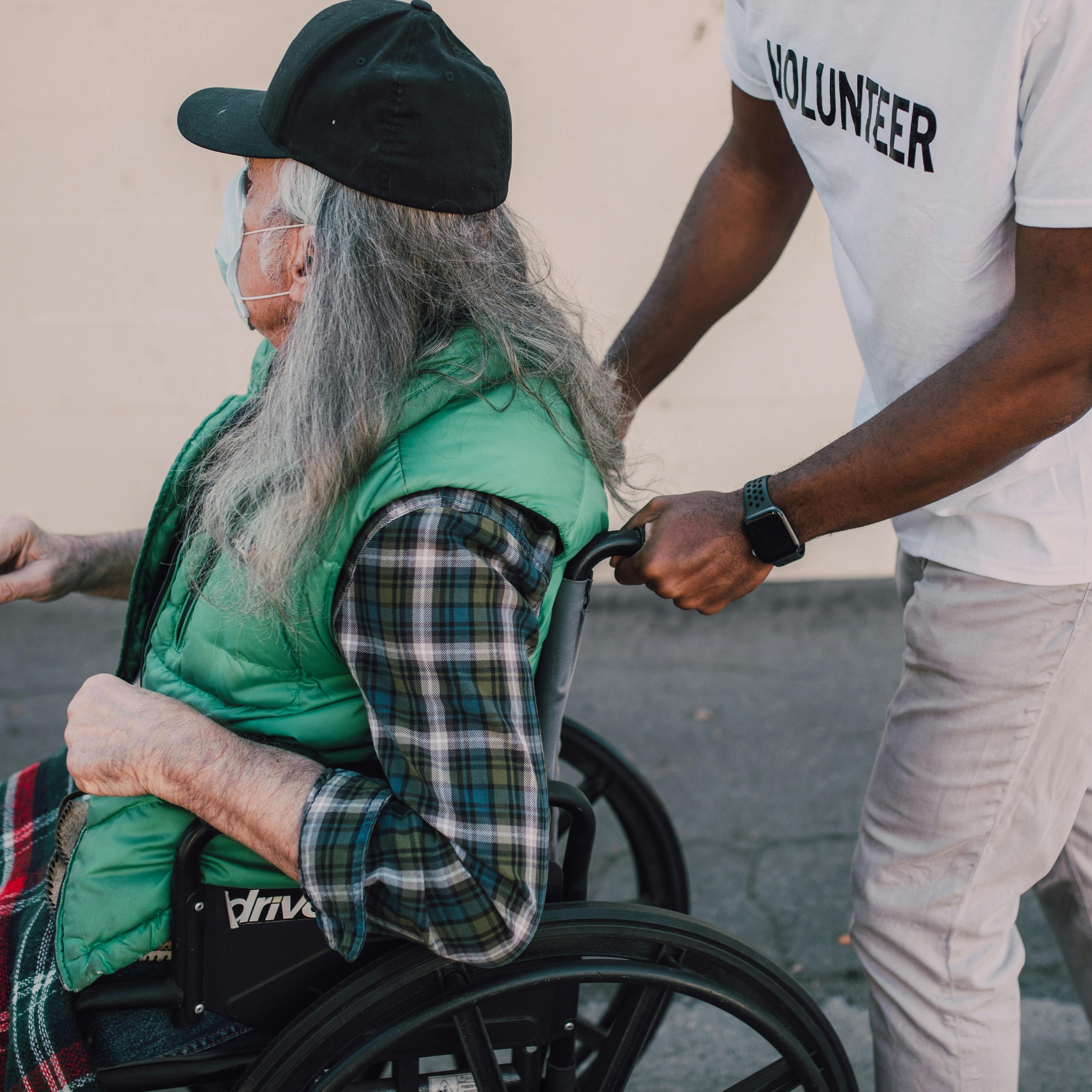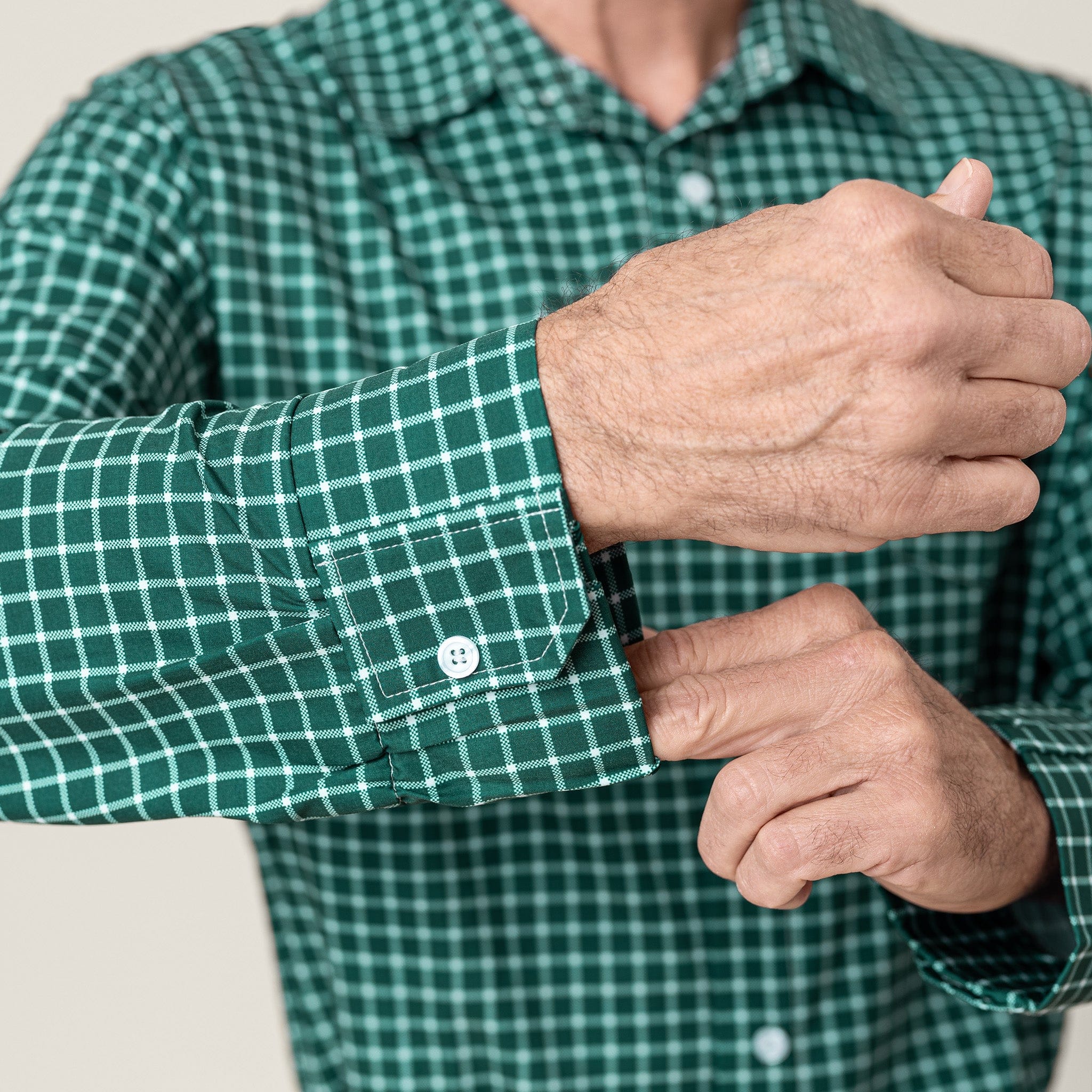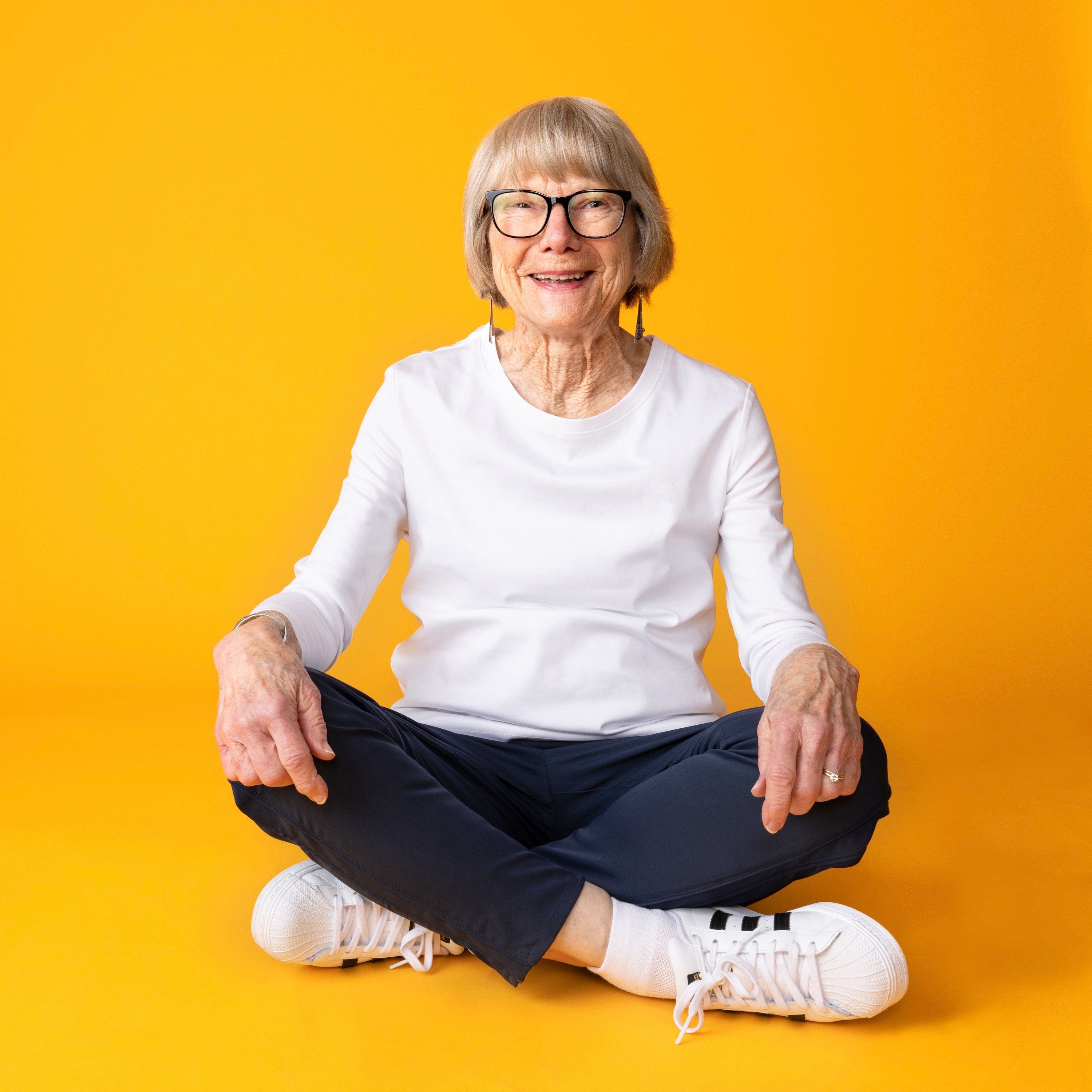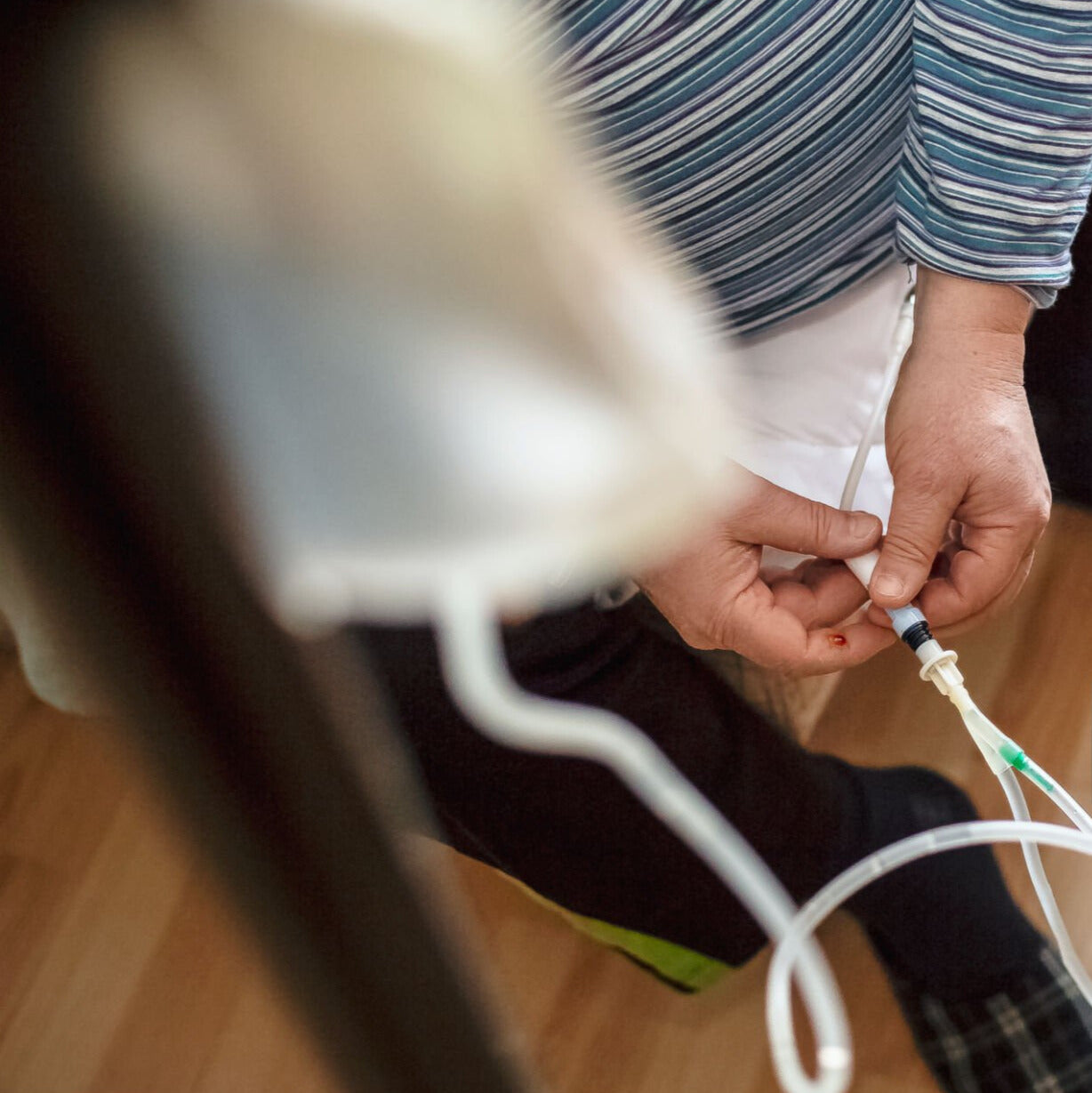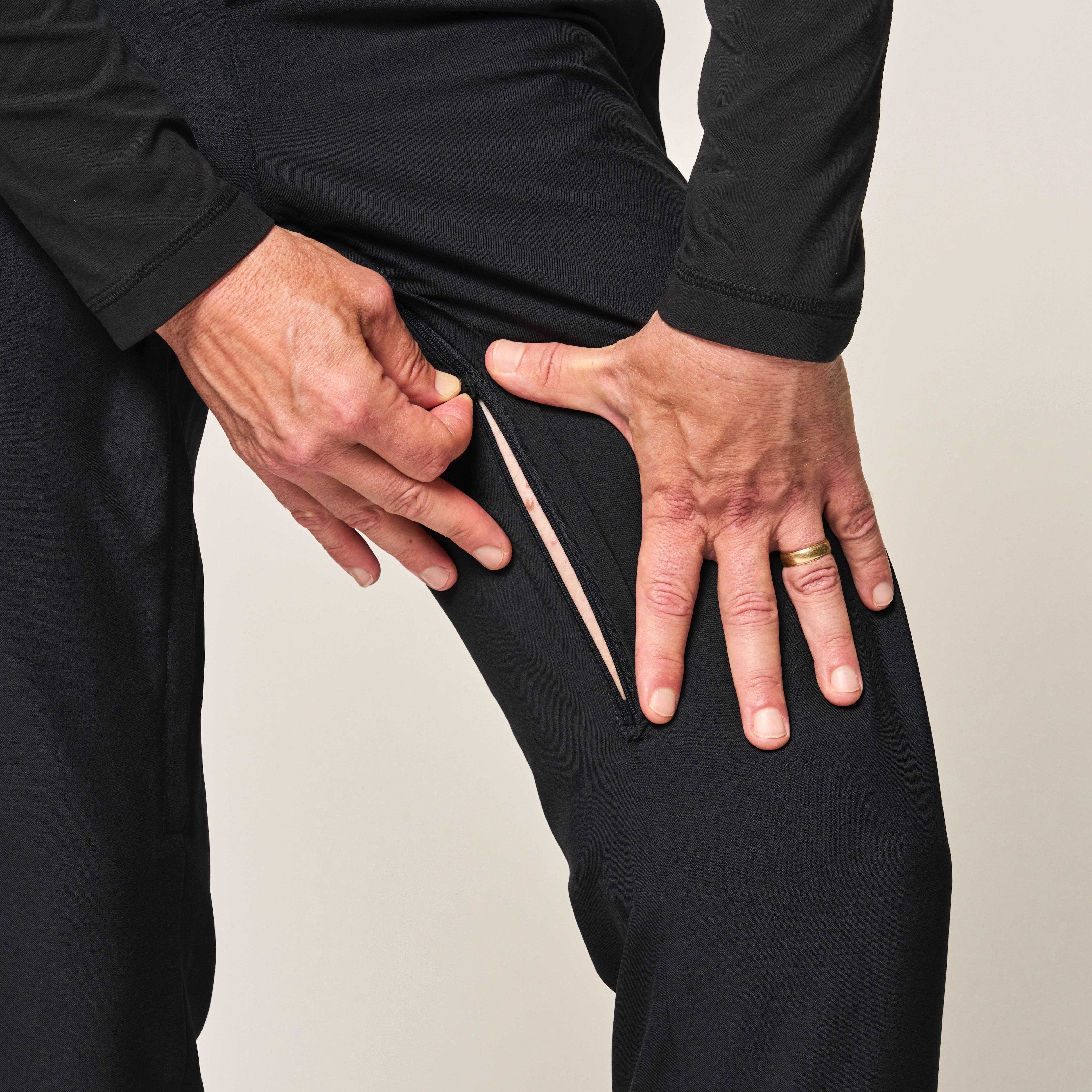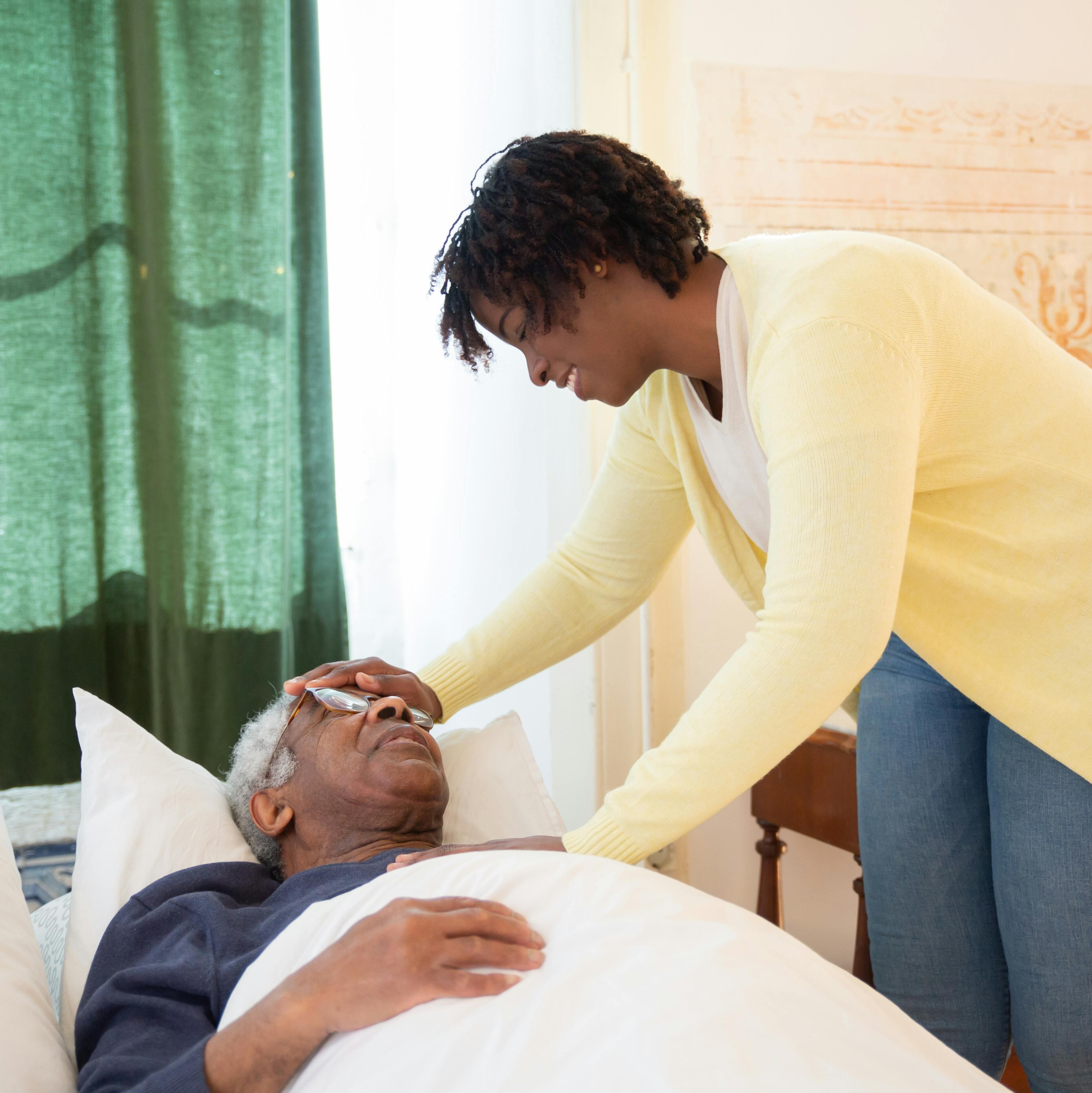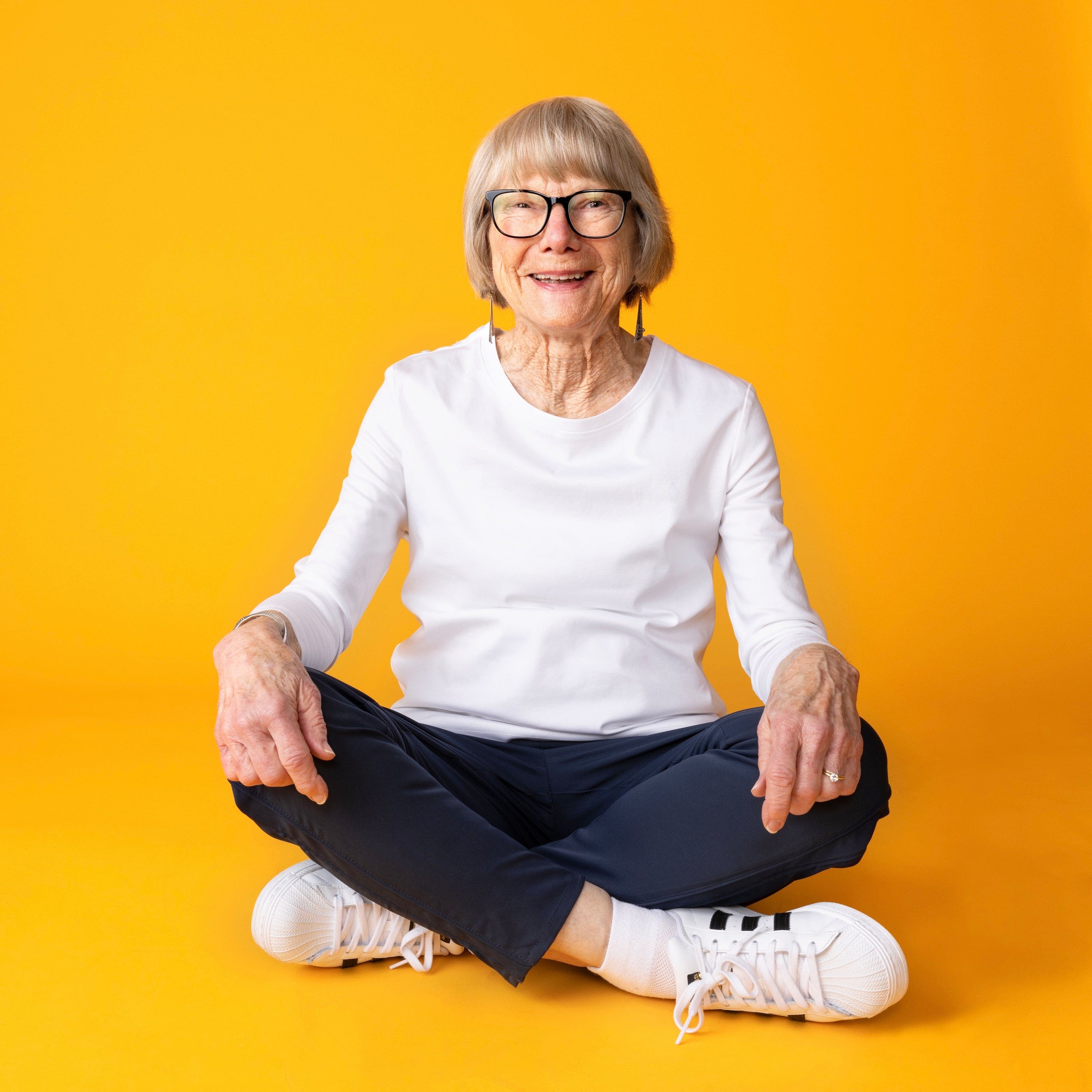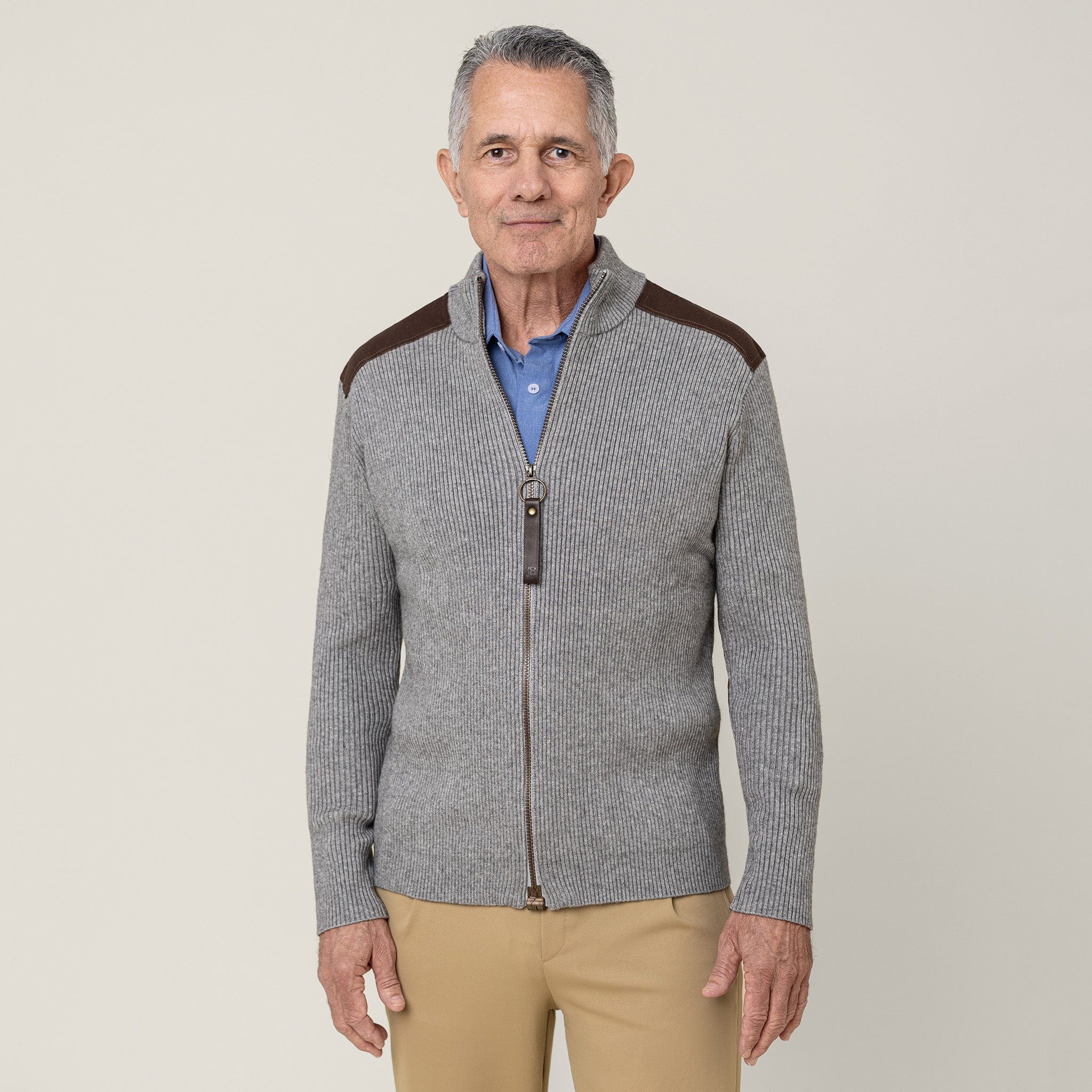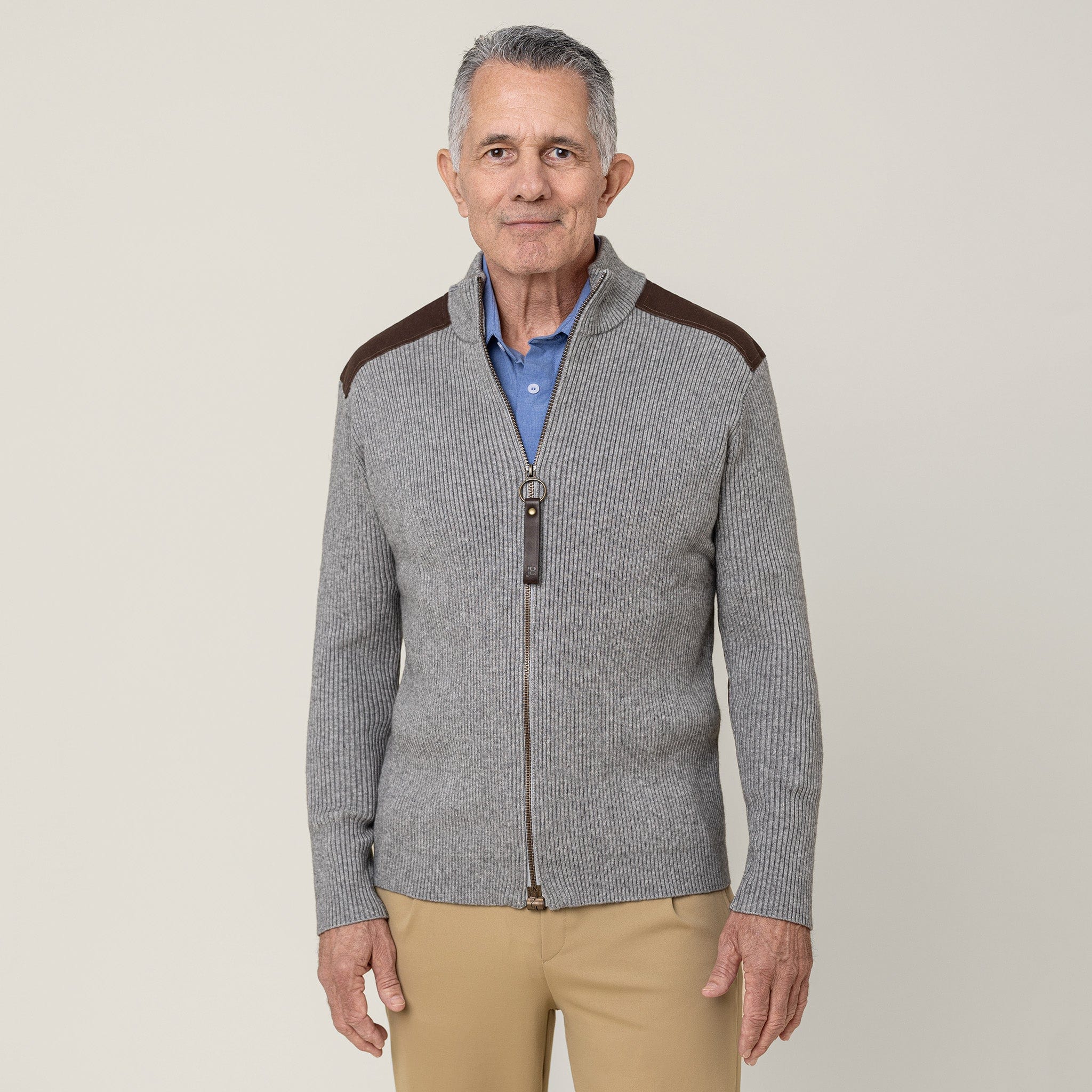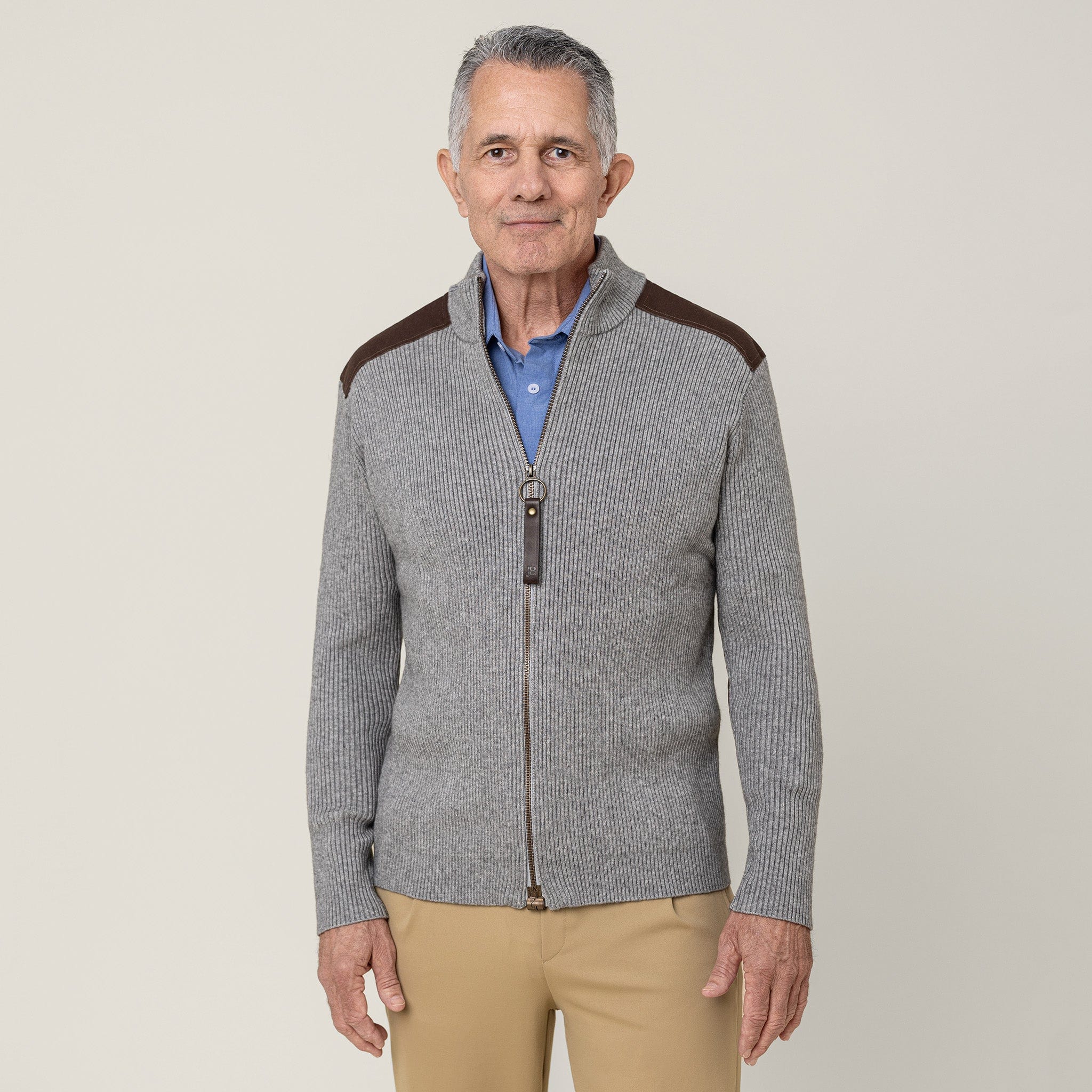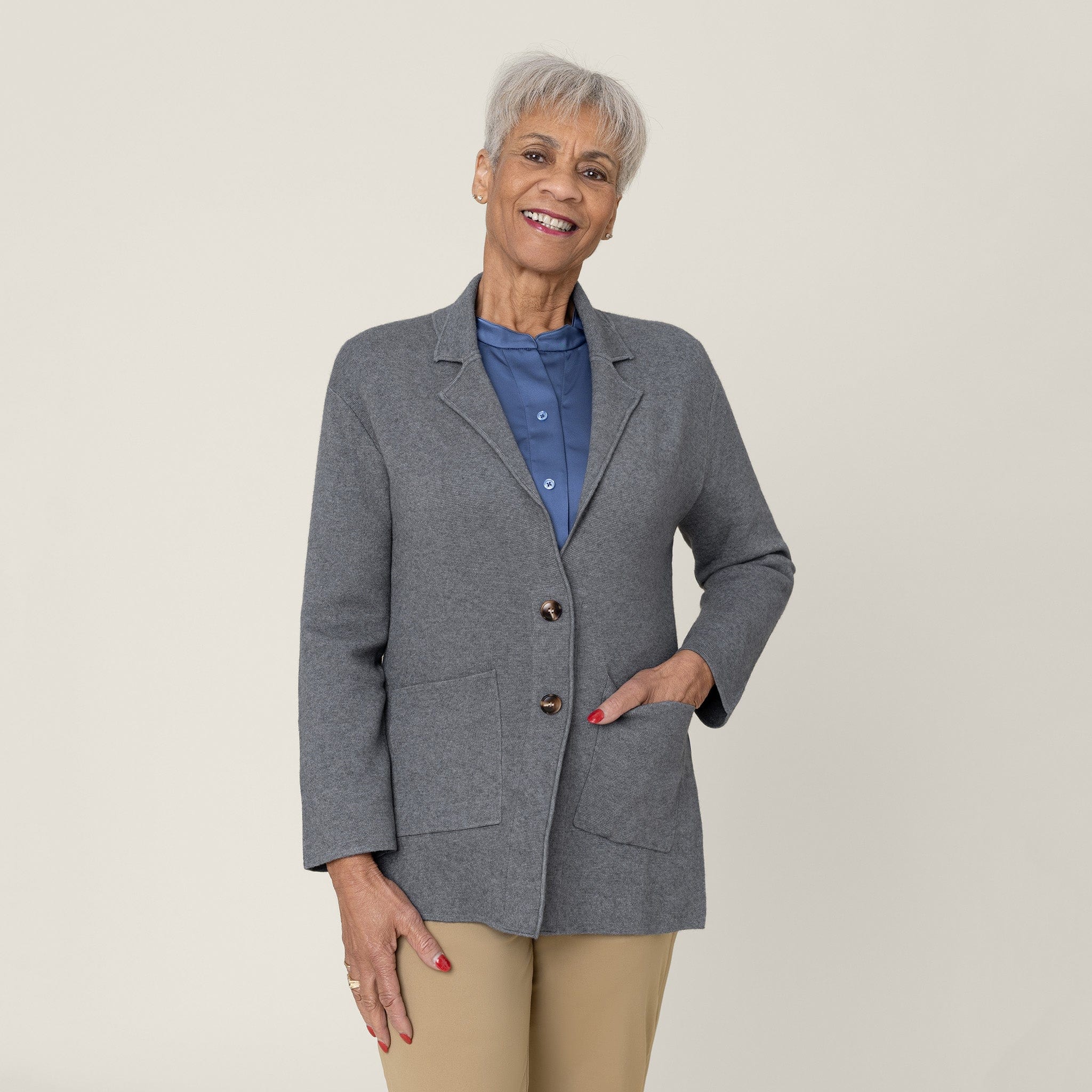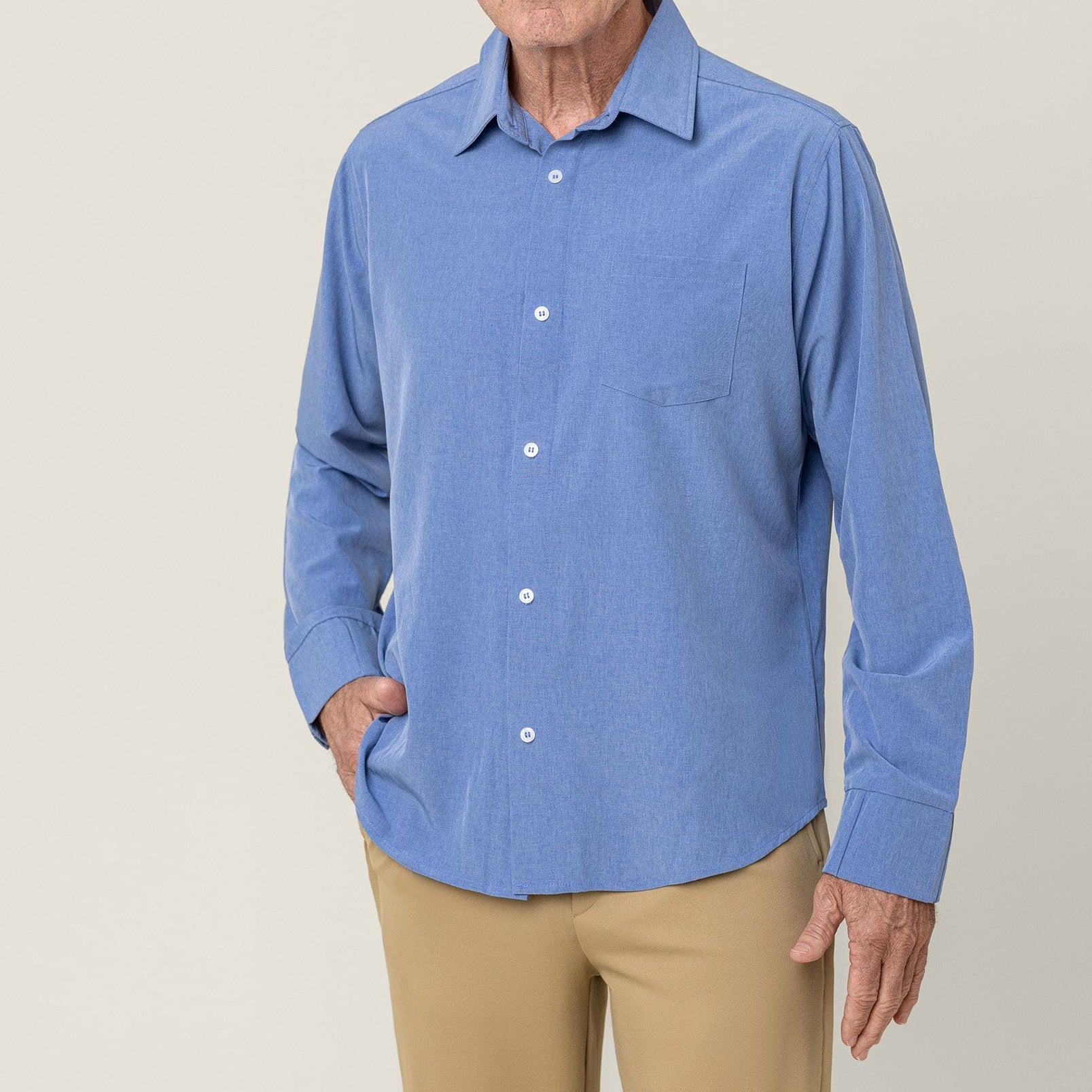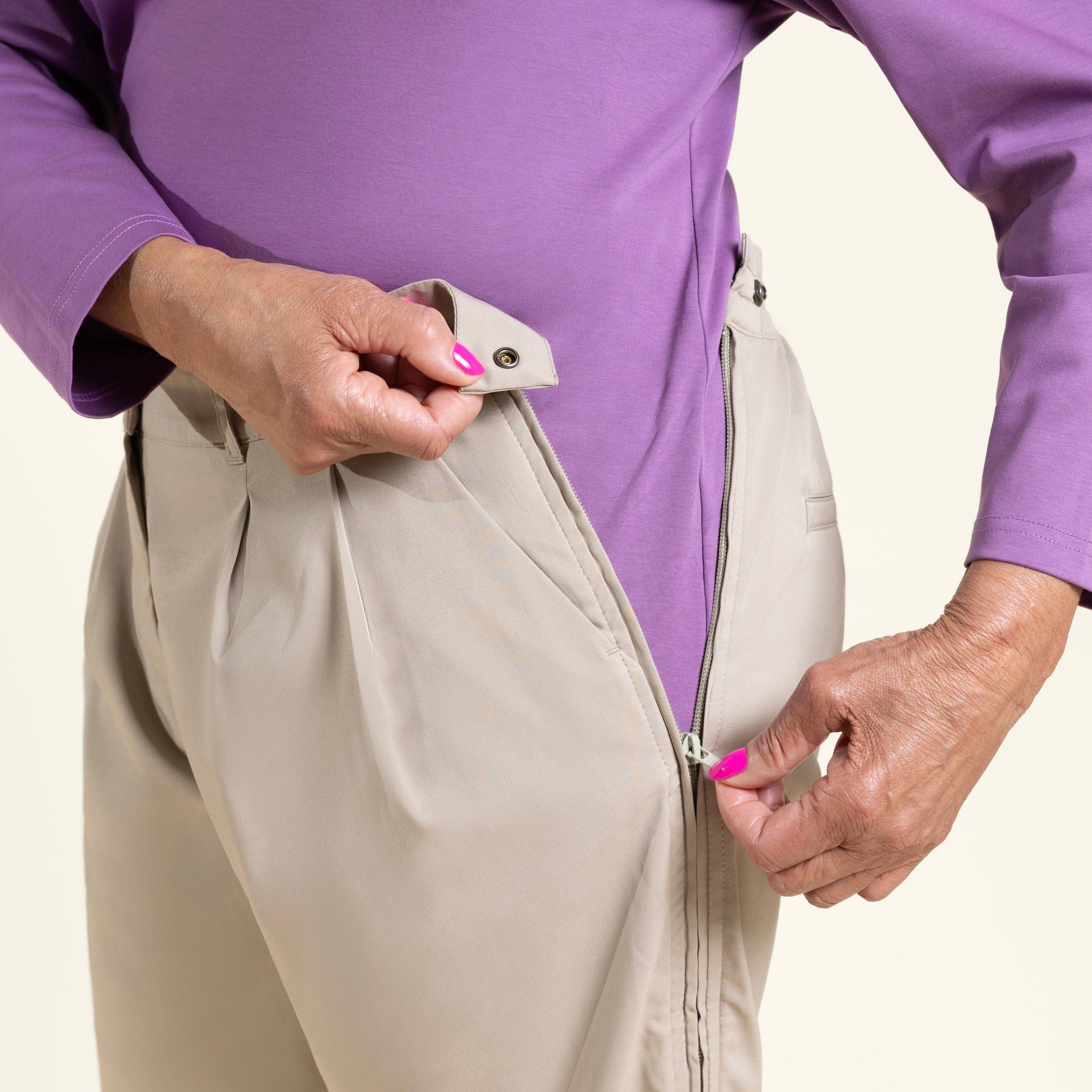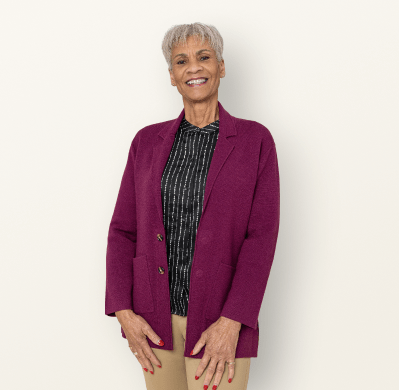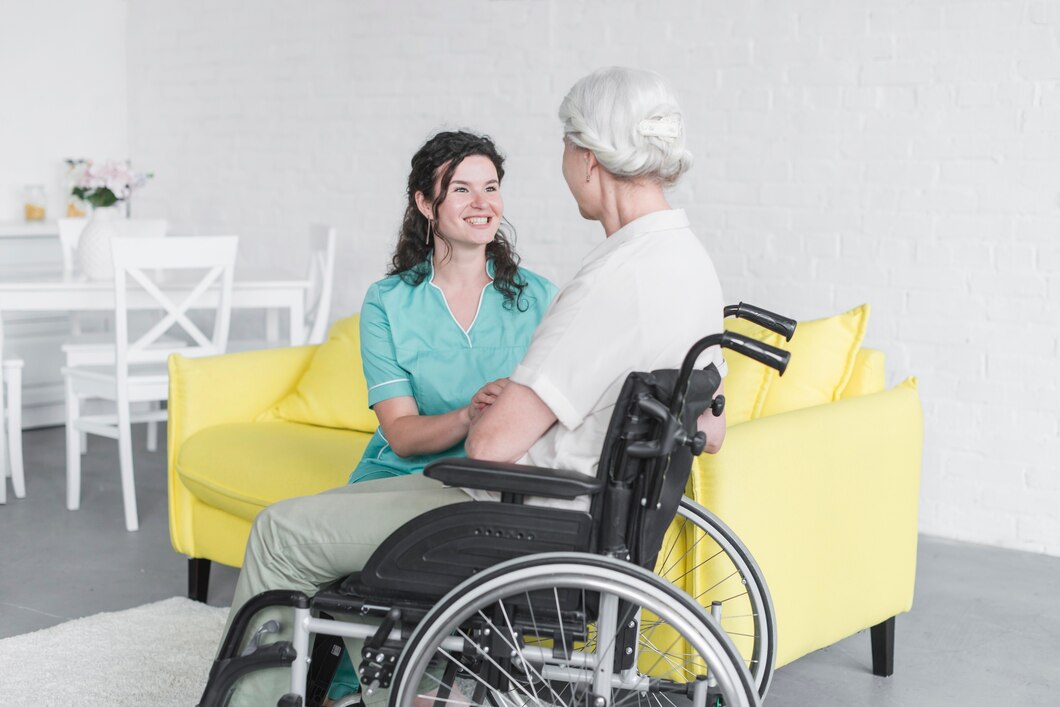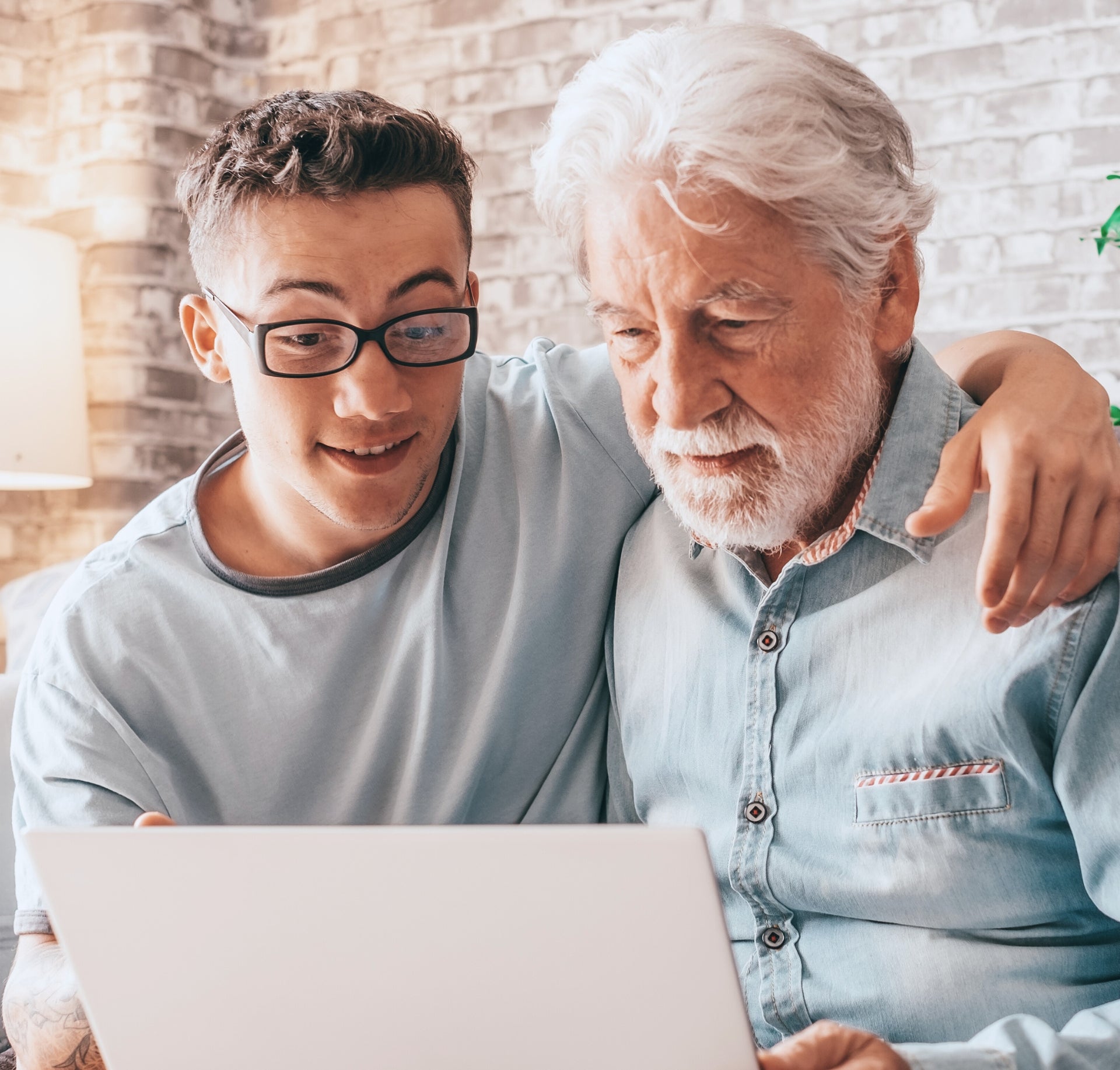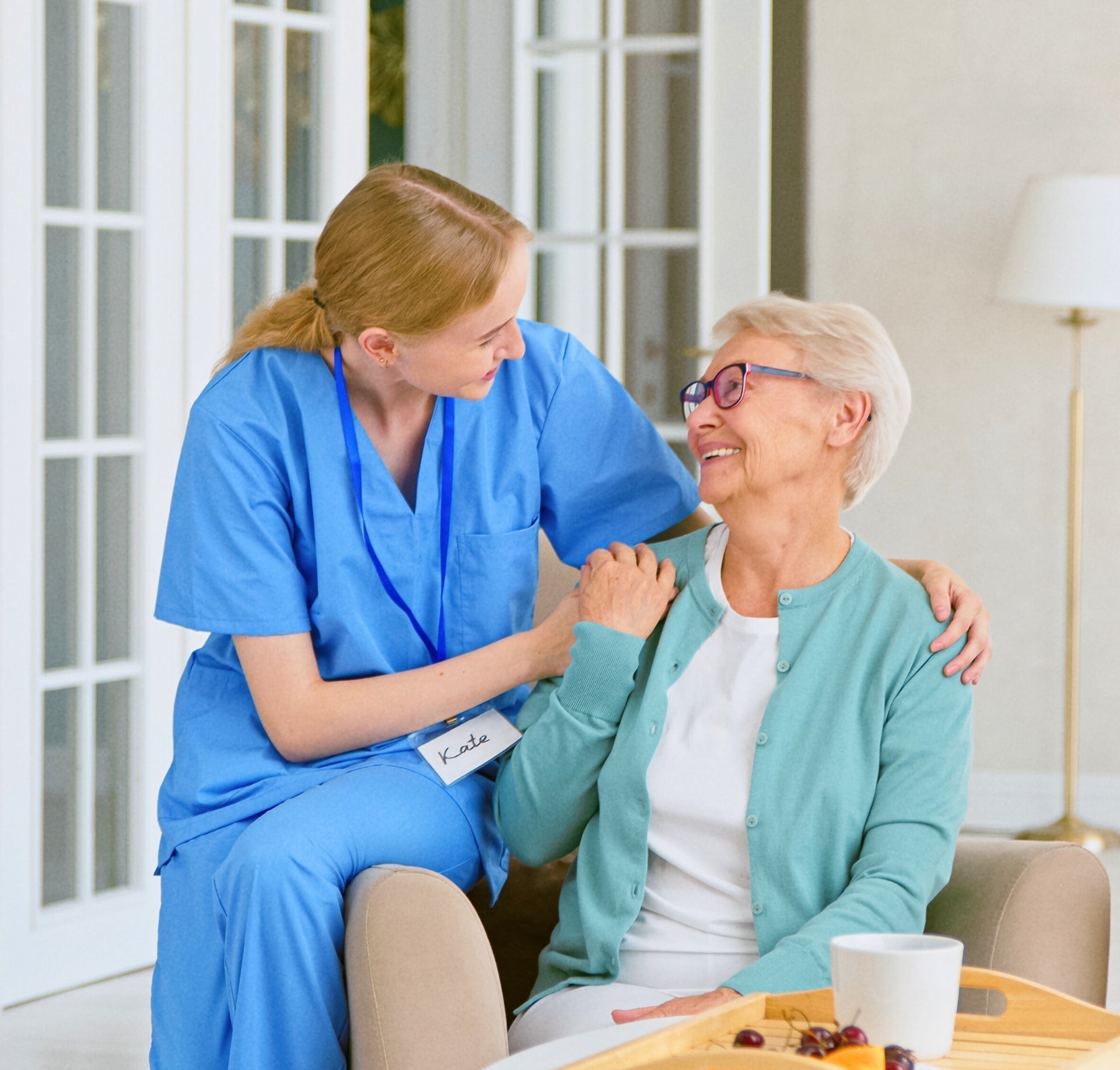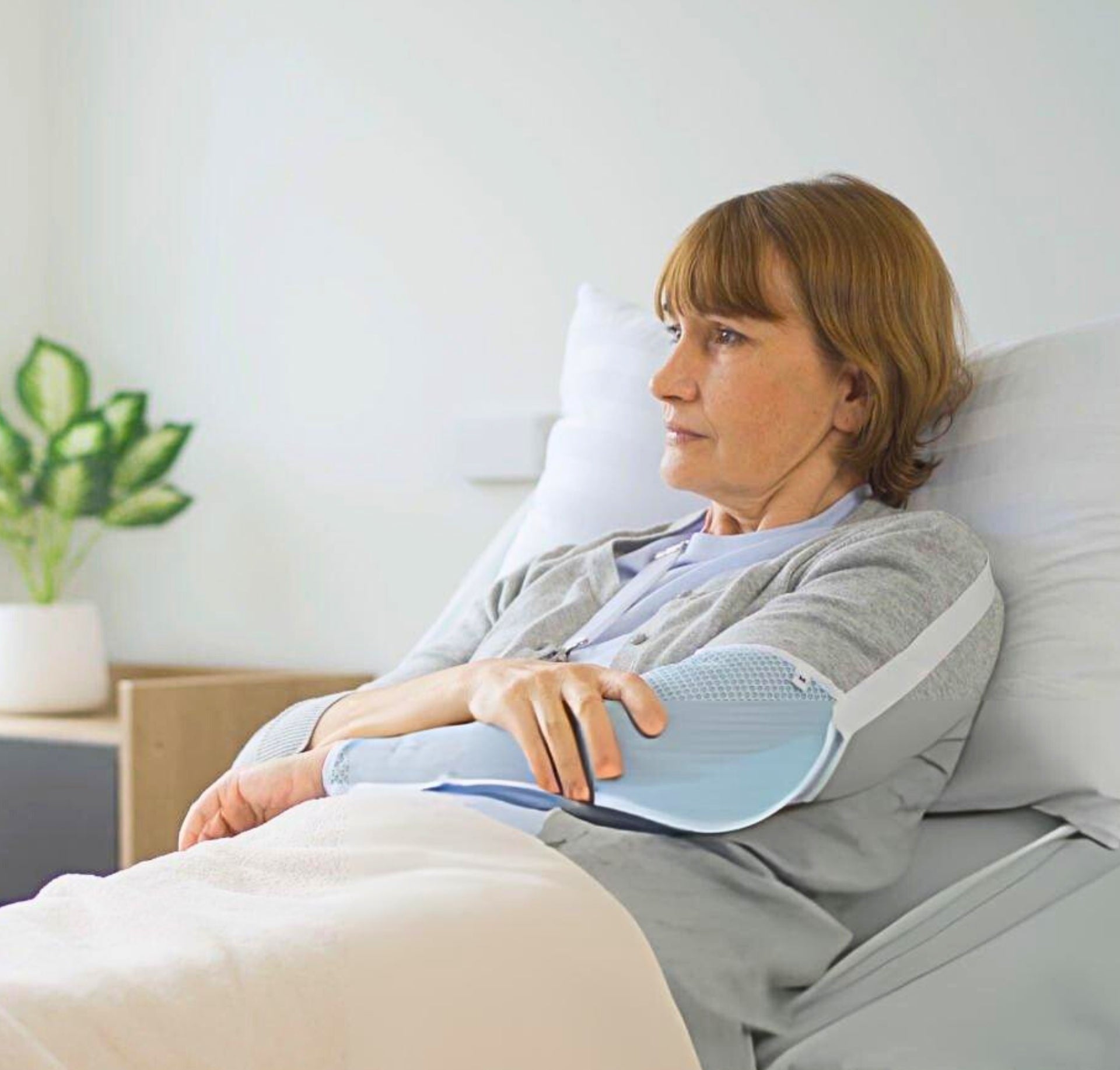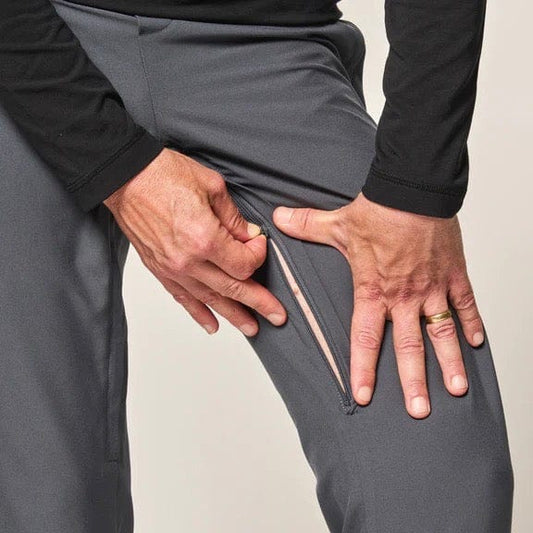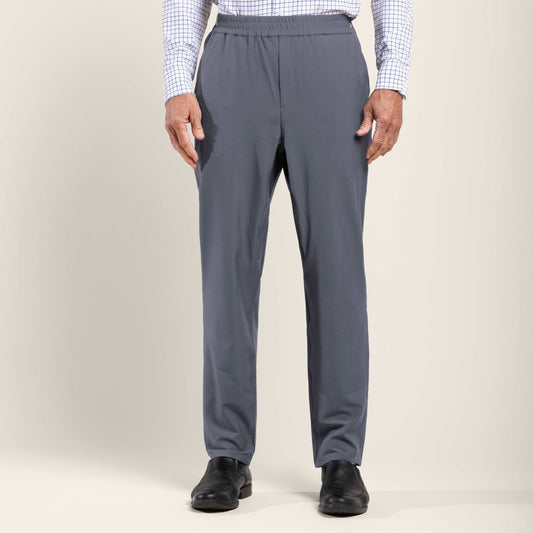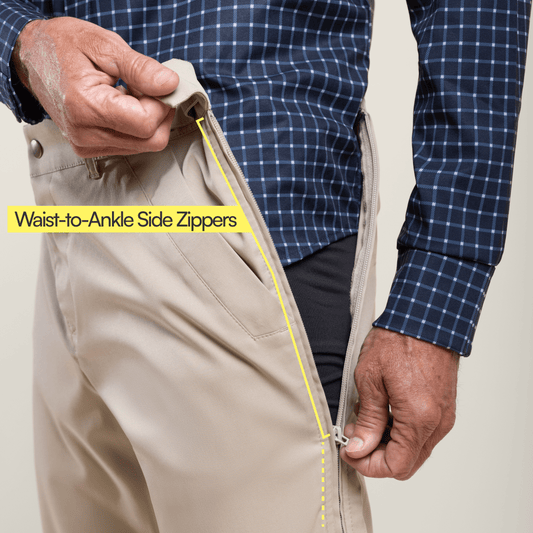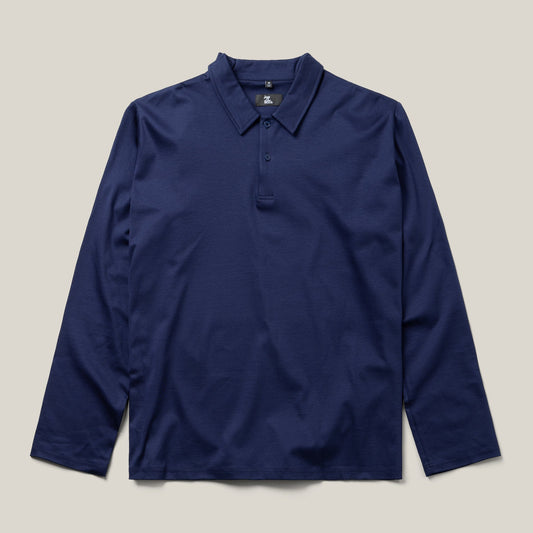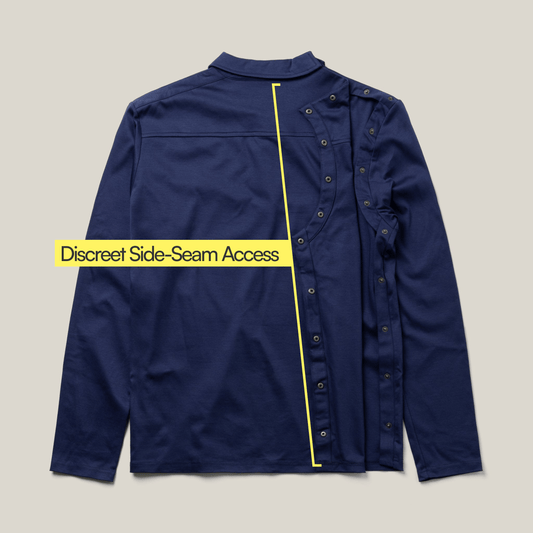Some planning and organization are needed in oder to understand how to age in place successfully. To age at home, instead of moving to assisted or independent living, will cause less stress and strain. But only if you plan for it! There are significant financial, logistical, social, and emotional consequences around the decision around how to age in place at home or move into a care community.
The following eight steps will help you better understand your current situation and how to set up a plan to age how you want.
1. How to Age in Place? Plan. Very. Early.
We can’t look at a calendar and circle the date when we’ll need more care. Small changes can sometimes quickly accelerate. If you ask an executive director at a care community about their new residents, they’ll tell you that so many move in under urgent circumstances. A recent fall or diagnosis, a sudden shift in behavior, or a quick decline in abilities can all lead to a surprise need for new living arrangements and an increased level of care.
So don’t wait for it until you need it. Plan ahead. Write it down. And if you end up not needing to implement the plan for many years, all the better. It’s important to really think about how you would like to age at home and make sure others know about this plan. When the time comes, you'll want to be the one to decide how to age in place instead of relying on others to make important decisions on your behalf.
Many adults update their will when they reach their mid 60s. That’s certainly an appropriate time to think about your living arrangements as well.
And you might even want a couple of plans. What if you end up living alone or with your spouse or partner? What if a surprise ailment impacts your original plan of remaining at home?
2. Develop a housing strategy and financial plan to age at home
For many, your home is your greatest asset. It’s important to understand how this asset can help you get the most appropriate care you need when you need it. Some people will determine that selling the family home is the most financially prudent way to get funds for their long-term care. Talk to your financial advisor about your individual situation and develop a financial strategy that will help you reach your goal. This will give you enormous clarity regarding your specific situation in how to age in place.
Do you have long-term care insurance? If not, it’s definitely the time to explore getting it. What other savings and investments do you have for this time in your life and what tax implications might you face? For many, a solid financial situation will help keep some doors open, while not having one will likely limit your options. It’s never too late to plan and save.
3. How to Age in Place by Assessing your current neighborhood and nearby amenities
Even if you determine that your ultimate goal is to know how to age in place, you might find out that your current location is not ideal. While you might have lived in that home for decades, as you get older, your needs change. And this includes your neighborhood and other nearby services. Consider the following:
- What is transportation like? Is it easy to access public transit or get a rideshare?
- Do you have streets nearby that are walkable? Can you walk to stores, parks, or other public spaces?
- Is it safe to walk around at night? Will the weather limit your ability to leave home safely?
- How close are you to a place of worship? Your doctor? Grocery store? Your drug store? Can you use automatic delivery for groceries or prescriptions?
- How close are you to friends and family? In case of emergency, is there someone nearby who can get to you quickly?
- Do you know your neighbors? Do you have nearby friends? Are there any senior centers, local Areas on Aging, or other social groups that you could join?
4. Evaluate your own health
What health challenges, if any, do you currently have? If you've had bad knees for many years, for example, they’ll likely continue to get worse as the years go on; so, how will that challenge impact your ability to remain at your home? If you have deteriorating eyesight or tremors, will you be able to dress and bathe yourself independently? Will you be able to do the laundry and keep your home clean? If not, how will you get it done? How do you anticipate you’ll be able to prepare meals and take care of your finances? If you won’t be able to do any of the above on your own, who else will help?
5. Do a home safety assessment
If you’ve decided that you want to age at home, this is one of the most important things you can do in order to know how to age in place. Similarly, if you’re thinking of moving, how safe is the new home?
Get a professional to do this. It’s one thing for you or your family to evaluate your home; it’s completely different when a trained professional does this. Organizations like Senior Helpers, and even some insurance agencies, make this process easy and thorough.
Senior Helpers offers a complimentary in-home care assessment with a trained professional. They will carefully inspect every corner of your home and let you know about problem areas and where you can find products that can help, or where you might need a larger modification to your home.
Here are just a few examples:
- Do you have hardwood floors or tile that could be slippery and create a fall risk?
- How far is your toilet from your bedroom? Are there lights that can easily guide you?
- Will raising the height of your chairs, couches, and even toilet put less strain on your knees and reduce the chance of a fall?
- How many stairs do you have? Is there an easy-to-grab railing?
- How high are your cabinets? Are they easy to reach?
- What modifications would need to be made in order to use a wheelchair or walker? (Can a wheelchair currently fit through your doors and hallways?
6. Find products that will help you remain in your home
There are a lot of wonderful products out there that can help you age at home. If you worked with Senior Helpers or a similar organization, they’ll likely provide you with a specific list of products or home modifications that need to be adopted.
From anti-skid tape for floors, to easy-open hinges on cabinets, from ramps and wheelchair lifts and bed rails, to communication tablets like Alexa and GrandCare to fall-monitoring systems, there are plenty of products that can make your home safe and livable for when you get older.
Keep an eye out for some of the great new tech tools that will make communication and aging easier. Get an Alexa now so you are familiar with using voice commands, and so you don’t have to learn this skill later in life. GPS trackers, health trackers, and medication-reminder apps can all be vital to your independence and safety.
A lot of people will focus on some of the heavy-duty home modifications and products when thinking through success aging at home. But don’t forget about how other products, like clothes and footwear, will be essential to your safety and independence. For example, wearing a pair of sturdy shoes or slippers at night to the bathroom can significantly reduce the risk of falling.
And for those who develop challenges related to hand dexterity, adaptive apparel will be a game changer. Clothing with modifications, such as shirts with magnets instead of buttons, will allow you to get dressed without assistance. For adults who develop incontinence or mobility challenges, a smartly-designed pair of pants with side zippers will make the process of dressing and undressing so much easier. Many of the above-described products will help you get dressed without a caregiver, allowing you to remain at home for that much longer without assistance.
7. Evaluate the cost of living at home vs a community
Once you have completed your home assessment, have properly evaluated your community, and have determined all the products you might need to remain home safely, it’s time to compare those costs to what you would spend if you moved to a retirement, independent- living or assisted- living community. While this cost estimate won’t be completely accurate, since you hopefully won’t need increased care for some time, this process will at least give you a good idea of what to budget for and what you can afford. Phone a few local care communities to better understand the costs.
8. Discuss, share and document your desires with your family
Best-laid plans only go so far without properly documenting them and informing others of your plans. Write it all down. It doesn’t need to be an official document created by a lawyer. Just put your wishes on paper. Walk through all the potential scenarios you might face down the road, and how you would like to approach them. If you face cognitive decline later in life, do you want to stay at home or move to memory care? How will you inform your family and loved ones about your desires? How will you pay for it all?
Once you write it all down, make several copies. A shared Google Document with your family is a great way to keep this document safe. You can then easily edit it as your desires and needs evolve over time. Meet with your children and other loved ones and talk through the document. Let them ask questions so they are on the same page as you.
Key Takeaway
While creating a smart plan for safe aging might seem either overwhelming or too abstract, remember to take it a step at a time. The last thing you want is to have to make quick decisions, or rely on someone else to make decisions for you, that might not end up being what you want. So keep aging in your own hands and prepare for it now.
To become a Joe & Bella affiliate, register here.






